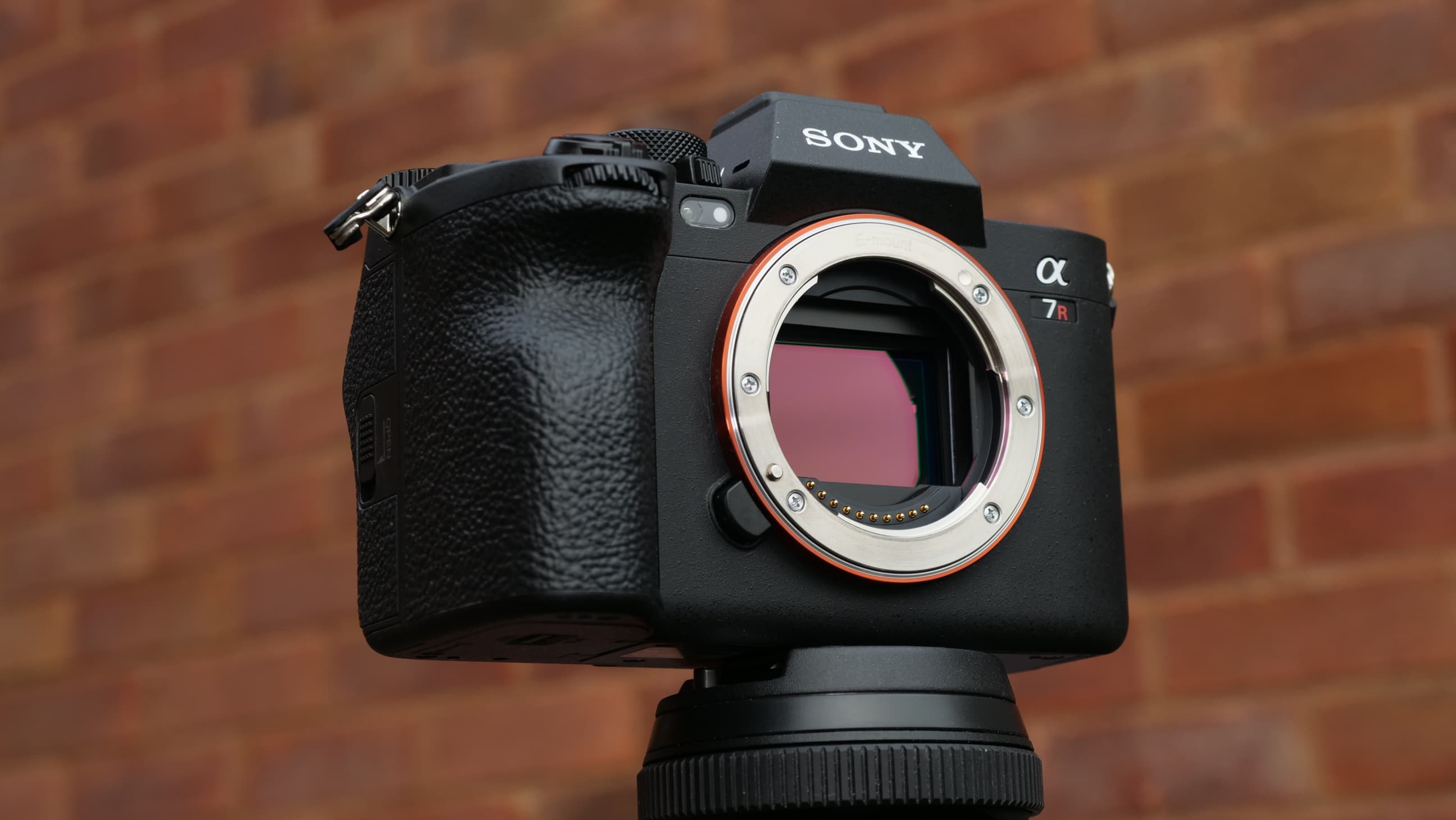
The winners of the 2025 British Photography Awards (BPA) have been announced, and one image captures a moment so fleeting, so intimate, that it seems almost miraculous the photographer was there to witness it at all. The photograph shows a Sakishima Grass Lizard taking its very first breath as it breaks through its egg, and it was shortlisted in the Macro category.
First Breath, by wildlife photographer Jamie Peters, reveals the exact instant a tiny reptile pierces its shell and meets the world. The lizard's delicate green scales glow against the speckled cream egg, and if you look closely, you can see the egg tooth; that small triangular structure on the upper lip that exists for this single purpose and will soon fall away.
"Knowing the likely timing from when the egg was laid, I checked each morning in hope of capturing this precise moment," Peters explains. The dedication required is staggering. Reptile eggs can take weeks to hatch, and the actual moment of breakthrough lasts mere seconds. Miss it, and you've missed your shot entirely.
How he shot it
Peters worked with a Sony A7R V paired with a Sony 90mm macro lens, a combination that's become increasingly popular among macro photographers for its resolving power. The A7RV's 61MP full-frame sensor captures extraordinary detail, whilst the 90mm focal length provides comfortable working distance; crucial when photographing a vulnerable hatchling that needed to be kept warm and undisturbed.
Another piece of the puzzle was clever execution. Peters placed the egg on a black acrylic surface to create that dramatic, gallery-like backdrop, then lit the scene with a Godox V1S flash fitted with a Cygnustech diffuser. This was essential, not only to freeze the moment at 1/250 sec, but to provide consistent, controllable light that wouldn't stress or overheat the cold-blooded newborn. "To protect the hatchling from the cold, I worked quickly," Peters adds.
The final image isn't a single frame but a meticulously crafted 15-frame focus stack, combined in Helicon Focus. At f/8, even with a macro lens, depth of field is measured in millimetres. By shooting multiple frames with the focus point shifted incrementally, then blending them computationally, Peters achieved front-to-back sharpness that would be impossible in a single exposure.
The technical settings (ISO 100, 1/250 sec, f/8) were chosen to maximise image quality while the flash provided all necessary illumination. He then made minimal post-processing adjustments, cloning out small pieces of vermiculite incubating substrate that would have distracted from the main subject.
The best camera deals, reviews, product advice, and unmissable photography news, direct to your inbox!
Fun fact: that black mark visible on the egg is not artistic; it's biological insurance. When reptile eggs are laid, they must never be rotated, as turning them can prove fatal to the developing embryo. The mark ensures correct orientation throughout incubation.
Skill plus patience
First Breath demonstrates that extraordinary images don't always require exotic locations or rare subjects; just timing, preparation, technical precision and above all, patience. Peters didn't stumble upon this moment: he planned for it, prepared for it, and executed it with the kind of technical control that separates snapshot from photograph.
The Sony A7RV proved itself once again as a formidable tool for macro work, its high-resolution sensor capturing every scale, every texture, every grain of the egg's surface. Combined with Sony's excellent 90mm macro optics and thoughtful lighting, the setup delivered an image that's both scientifically fascinating and aesthetically stunning.
In an age when computational photography can feel like magic, this image reminds us that the fundamentals still matter: understanding your subject, mastering your equipment, being present for the moment. In Peters' own words: "A fleeting instant of new life, preserved through patience, precision and light."
You can view First Breath and the other winning images through the British Photography Awards website—a superb showcase of British photography across categories from wildlife and landscape to street and portraiture.
Tom May is a freelance writer and editor specializing in art, photography, design and travel. He has been editor of Professional Photography magazine, associate editor at Creative Bloq, and deputy editor at net magazine. He has also worked for a wide range of mainstream titles including The Sun, Radio Times, NME, T3, Heat, Company and Bella.
You must confirm your public display name before commenting
Please logout and then login again, you will then be prompted to enter your display name.


